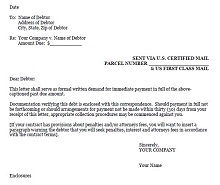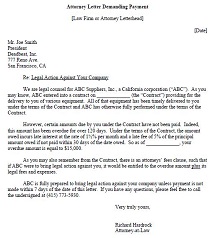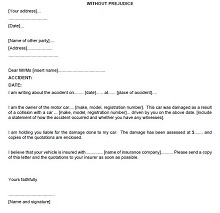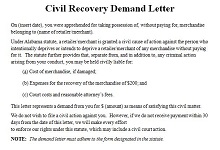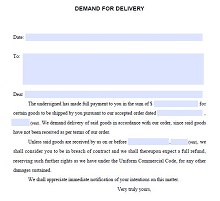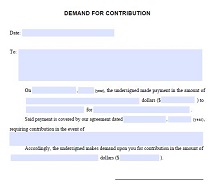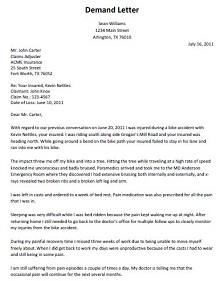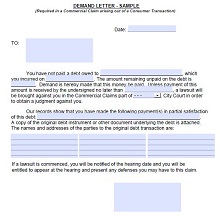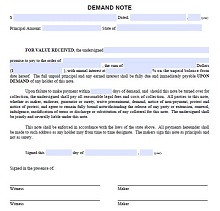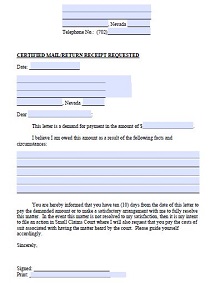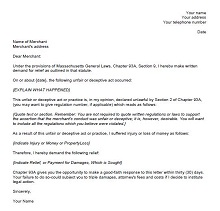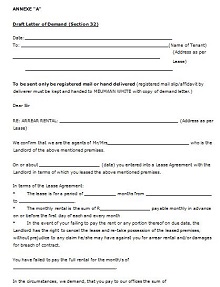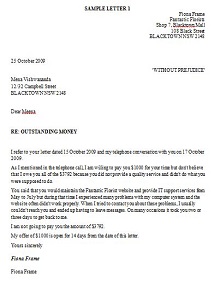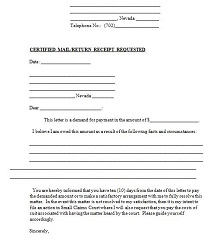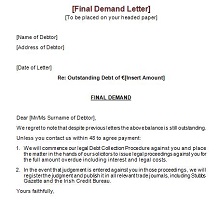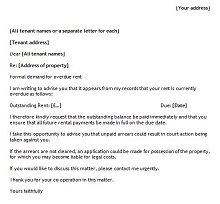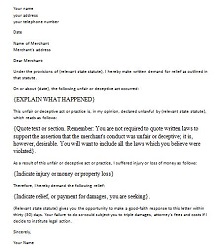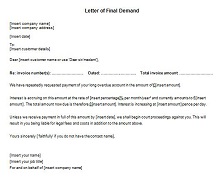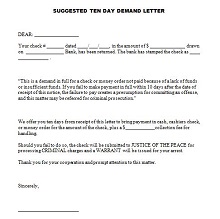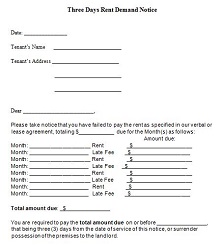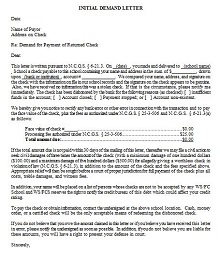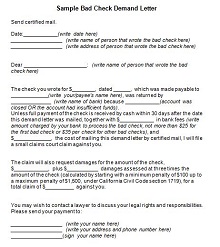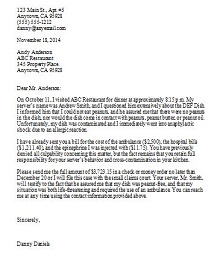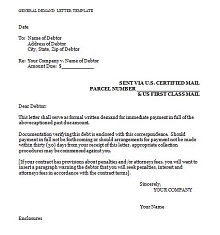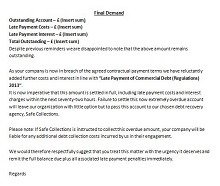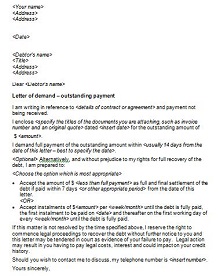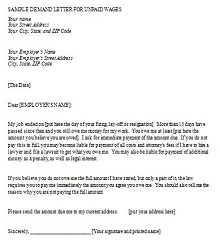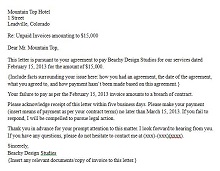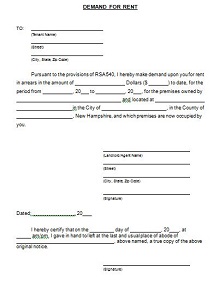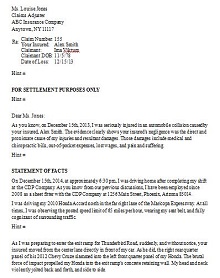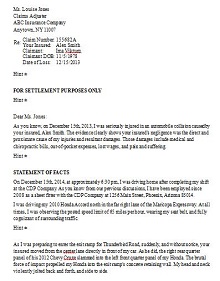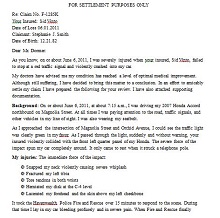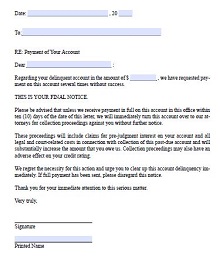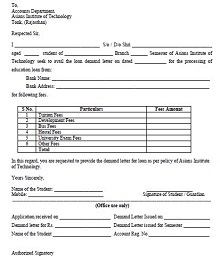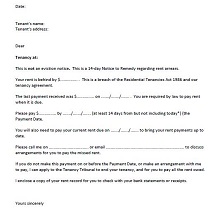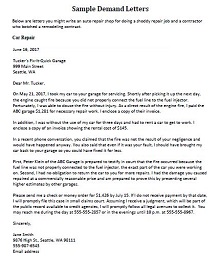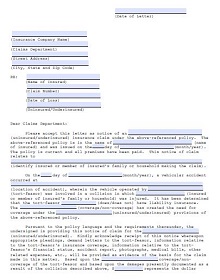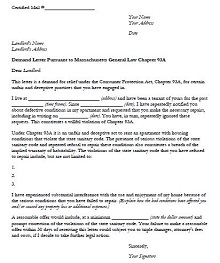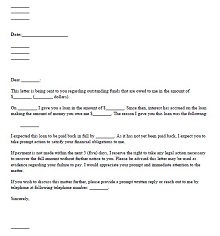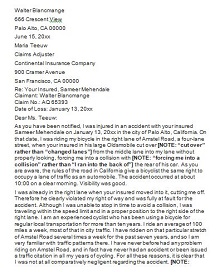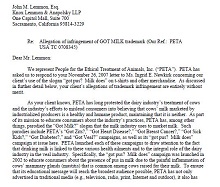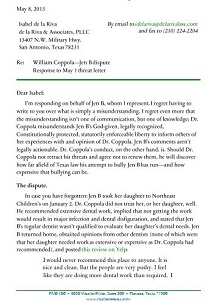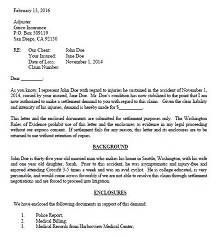50+ Sample Demand Letter Templates – Free PDF, Word Example
A demand letter is a document used to formally express an individual or entity’s expectations for payment, specific performance, or other requested action. It may also outline serious legal consequences if the terms of the demand are not met. Demand letters are often written in situations involving consumer rights and services, contract breaches, debt collections, insurance settlements, and other legal matters.
An effective demand letter is professional but clear by citing necessary details such as relevant dates, documents, agreements, and other pertinent information that emphasize the recipient’s obligation. It should also include a reasonable timeframe for response or repayment of the amount due. As such, demand letters provide organizations and individuals with an opportunity to settle disputes without resorting to litigation.
- Accounting Templates
- Art & Media
- Budget Templates
- Business Templates
- Calendar Templates
- Certificates
- Charts
- Education Templates
- Inventory Templates
- Invoice Templates
- Letter Templates
- Medical Templates
- Personal Templates
- Project Plan Templates
- Timesheet Templates
Download Free Demand Letter Templates
What is a Demand Letter?
A demand letter is a legal document used when one individual or company wants to make a formal financial claim against another. It is usually the first step taken in a civil lawsuit and typically outlines the details of the complaint, including the amount of money being requested, whether damages are part of the claim, and a timeline for when payment must be received.
It should also include an explicit warning that further legal remedies will be pursued if payment is not made in full by the set deadline. It is important that demand letters contain sufficient evidence backing up the individual’s or organization’s claims in order to maintain any type of legal standing for potential future proceedings.
When and Why to Send a Demand Letter
A demand letter is a useful tool for many situations. It can be sent when you wish to resolve an issue without the costs and delays of taking a case to court. The letter documents facts identifies any wrongdoing and outlines the relief you are seeking. You should send your demand letter when all other efforts have failed to bring about a resolution.
Typically, when negotiations have come to an end, but no agreement has been achieved. Disagreements over breached contracts, damage caused by non-performance, or violations of statutory rights are often good instances to consider sending a demand letter. By clearly stating what relief is sought and the consequences of not taking action, the sender asserts their right to justice and encourages the other party to interact with them to achieve a fair resolution.
Tips for Sending a Demand Letter
Sending a demand letter is a great way to deal with a dispute without going directly to court. It’s important, however, that you follow certain protocols when doing it for the letter to be effective. Ensuring that your demand letter is clear and well-said can save you time and energy. Include specific details of the obligation owed and provide a detailed explanation of how it was breached. Have clear evidence documents ready as well.
In addition, ensure that you are open to negotiation if appropriate in the situation, giving relevant deadlines so that both parties understand the response timeline. Lastly, ensure the closing paragraph has a strong call to action highlighting what must be done to end the dispute. With these tips in mind, sending a demand letter becomes attainable and potentially successful.
How to Create an Effective Demand Letter Template
A demand letter is a powerful tool in any business owner’s arsenal. It can be used to assert a legal claim or demand payment from a customer, supplier, or another party. Crafting an effective demand letter requires skill and attention to detail. Here are the steps you need to take to create an effective demand letter template.
Identify Your Objectives
Before writing your demand letter, it’s important to identify what you hope to achieve with the document. Are you looking for monetary compensation? Or do you want a written apology? Being clear on your objectives will help ensure that your letter is focused and concise.
Research Your Claim
It’s important to thoroughly research your legal position before writing a demand letter. After all, if you don’t have a valid claim, then the recipient of the letter won’t be legally obligated to comply with your demands. Make sure you understand the applicable laws and regulations before drafting your template.
Draft Your Template
Now that you have researched and identified your objectives, it’s time to draft your template. Start by introducing yourself and explaining why you are entitled to make this demand. Be sure to include any pertinent facts or evidence in support of your claim, as well as deadlines for when the recipient must comply with your demands. Be polite but firm in tone. Remember, this document should serve as both formal notice and warning that failure to comply may result in legal action being taken against them.
Have Your Template Reviewed by the Legal Counsel
Once you have drafted your template, it is always wise to have it reviewed by a legal counsel familiar with the applicable laws and regulations before sending it out. This will ensure that all of the necessary information has been included in the document and that no potential pitfalls are waiting for you if things go to court later on down the road.


